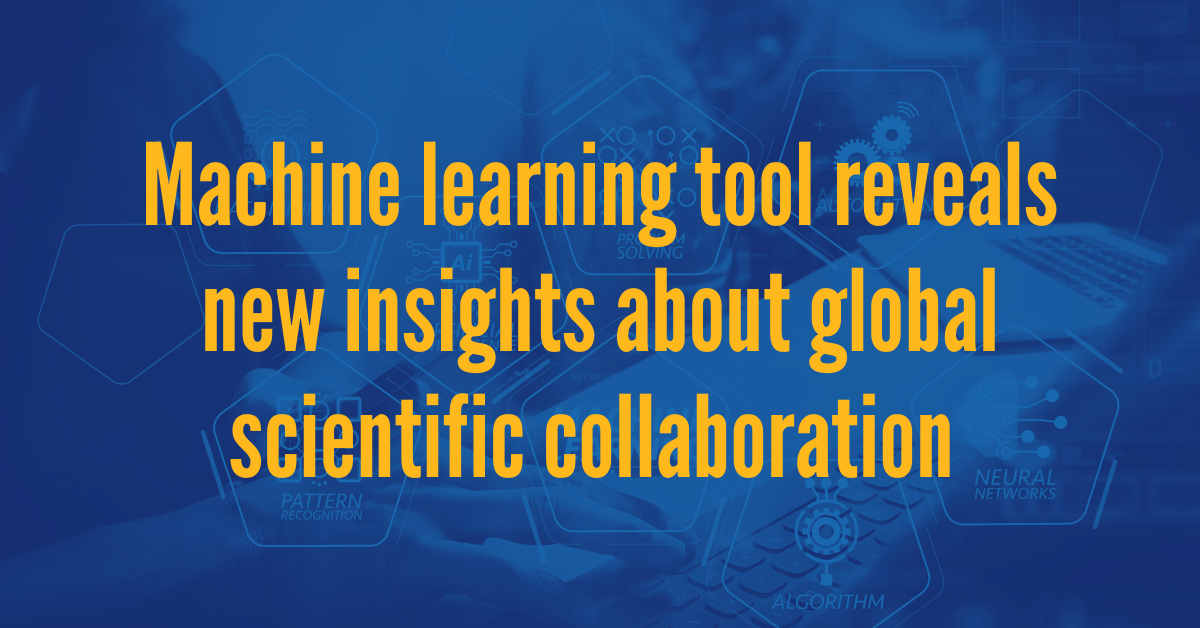How do you analyze millions of papers in the life sciences and physical sciences that have been published in the past 25 years? Assistant Professor Jishnu Das and PhD student Swapnil Keshari are harnessing the power of machine learning to address this question. Postdoctoral researcher Zarifeh Rarani and graduate student Akash Kishore (both in the Das lab) also contributed to this work.
They developed the machine learning tool DISCo-Net (Distributed, Interpretable, and Scalable computing for Co-authorship Networks) and used it to analyze papers from over 200 countries to reveal patterns in co-authorship networks. Their research uncovers new insights into global scientific collaboration and the role of American research.
This study comes at a time when the Trump administration has made significant changes to scientific research. One policy, which is currently blocked by a federal court, would limit National Institutes of Health (NIH) research funding for indirect costs to 15%. Indirect costs include expenses like rent, utilities and administrative salaries and are a vital part of scientific research. Other “America First” policies include withdrawing from multinational commitments like the World Health Organization.
“If you want a country-first policy, it shouldn’t come at the cost of not working with others,” Das said. “You need these partnerships as reflected by these co-authorship networks working in strategic ways over the past 25 years.”
Their findings reveal that life sciences research has expanded exponentially in the last two decades, producing nearly two million publications and fostering unprecedented international collaboration. New research leaders are also emerging and redefining the collaborative landscape. Traditional biomedical leaders like the United States and Great Britain are being matched or outperformed by China, Japan and Australia. Additionally, China is expanding its partnerships with countries including Denmark, Japan, Australia and Sweden.

Advancements in scientific innovation will shape policy decisions, funding and national development in these countries. As part of their analysis, Das and Keshari also considered the Human Development Index (HDI), a statistic used by the United Nations that encompasses a country’s health, education and living standards.
“We are trying to map how scientific research correlates with the Human Development Index,” Keshari said. “The quality of science that a country does is a key factor in enabling a better society in broader terms.”
The advancement of research around the world will drive change in multiple sectors, including boosting the economy over time. If the United States continues to restrict funding to research, then we are at risk of losing our biomedical edge. This could have lingering impacts on American society.
The DISCo-Net tool was able to uncover these insights from extensive data sets. The Das lab hopes this data-driven method will be widely adopted, from high-level global analyses to more topic-specific analyses.
“The possibilities downstream are almost endless,” Das said. “The scientific community can use this tool to analyze whatever domain they are interested in.”
Das and Keshari are hopeful that scientific collaboration will continue and current uncertainties in NIH funding will be resolved.
“Whenever we have faced challenges, scientists have come together as a community and have made sure that progress is made,” Keshari said.


